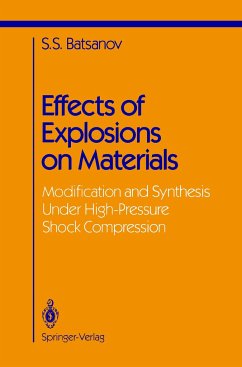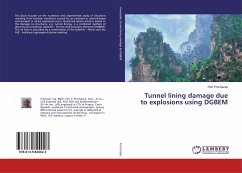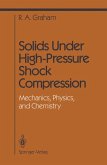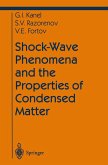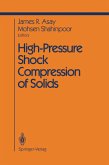In the 1950s explosives began to be used to generate ultrahigh pressures in condensed substances in order to modify their properties and structure. Notwithstanding the short duration of an explosion, its energy proved to be high enough to perform physical-chemical transformations of substances, and the new method gained wide industrial applications. It has both advan tages and drawbacks in comparison with the traditional method of static compression. The latter method, notorious for its cumbersome and expensive machin ery, allows one to maintain high pressure as long as one pleases and to regu late the temperature of the sample arbitrarily. But, the pressure available is rather limited and for any increase of this limit one has to pay by the progres sive shrinking of the working volume of a press. The dynamic method has the advantages of low cost and practically no restrictions of magnitude of pressure and the size of a processed sample, but the temperature in a compressed body is no longer controlled by an experi mentor. Rather, it is firmly dictated by the level of loading, according to the equation of state. Hence, it is difficult to recover metastable products and impossible to prepare solids with a low concentration of defects as the dura tion of explosion is too short for their elimination.

